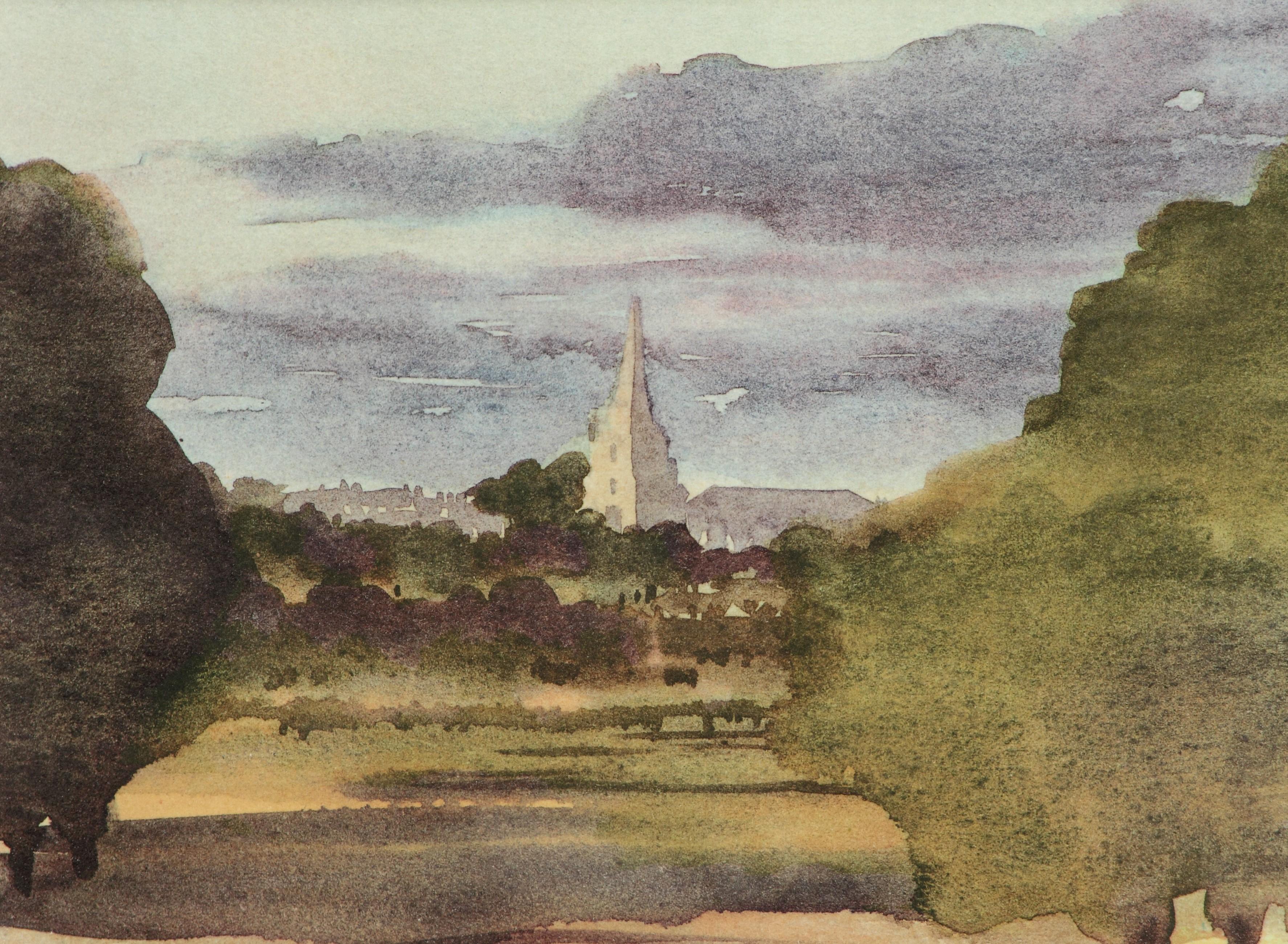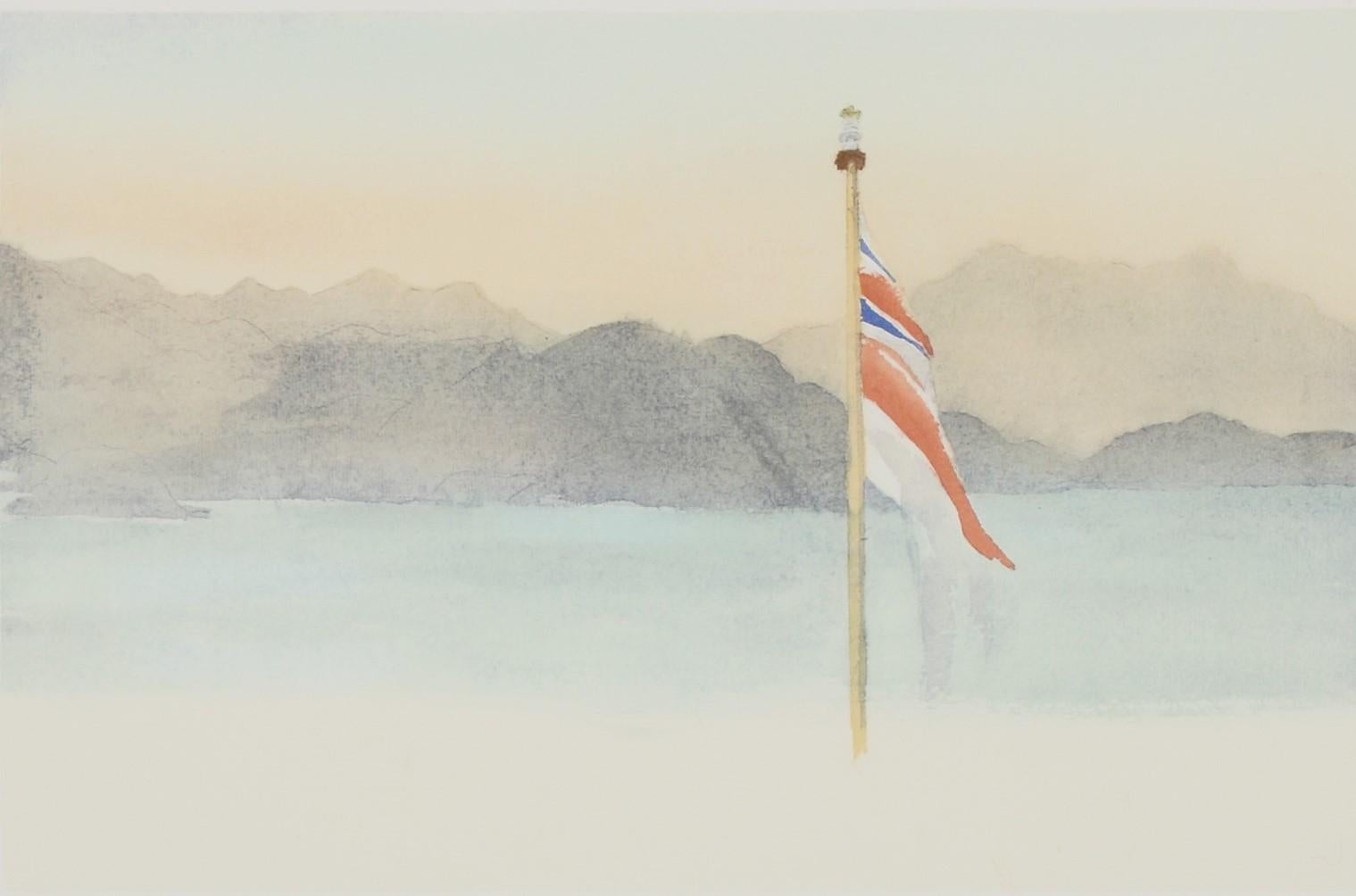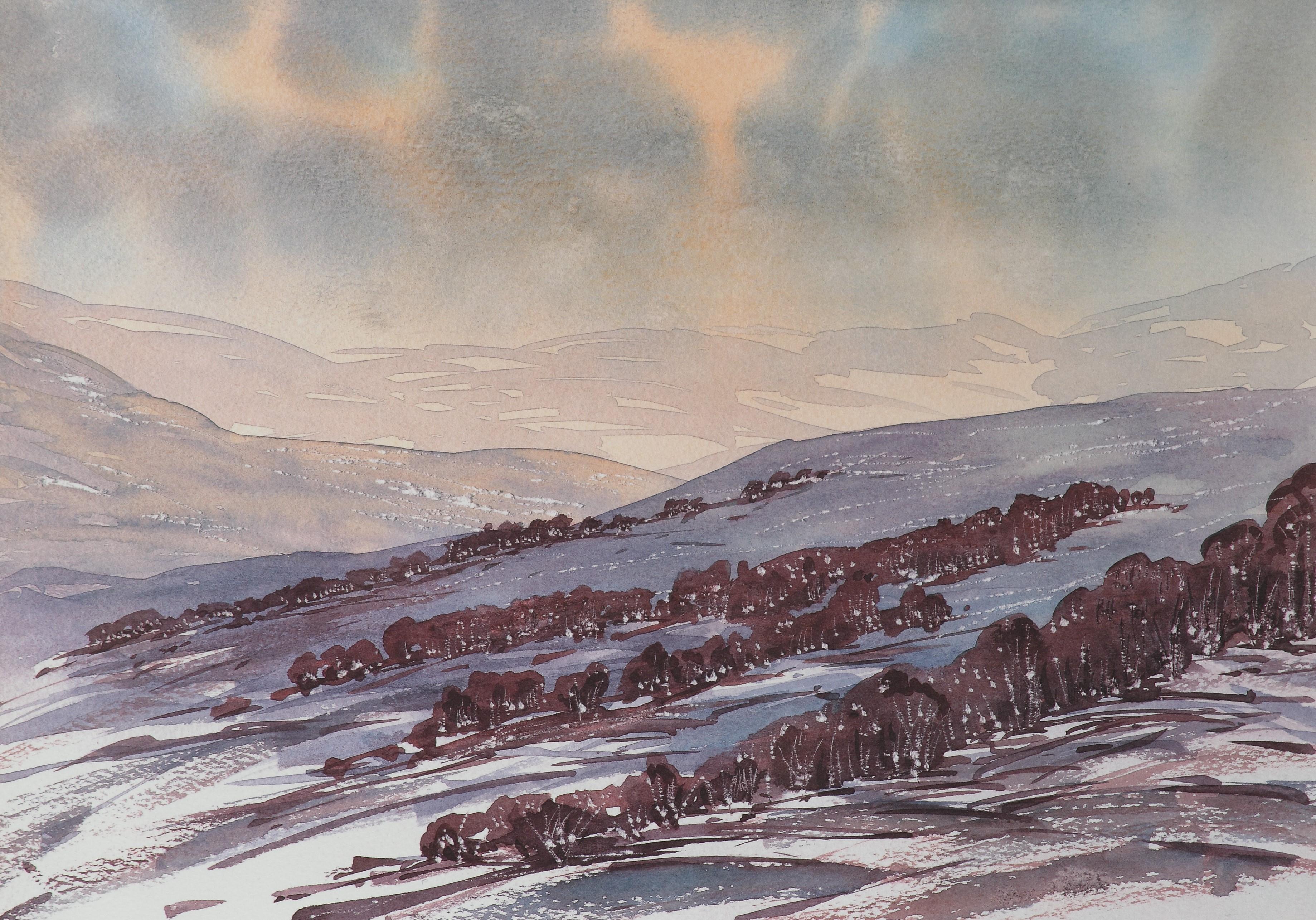Items Similar to Plate 1851. Cycad.
Want more images or videos?
Request additional images or videos from the seller
1 of 5
William CurtisPlate 1851. Cycad.1787
1787
About the Item
This piece would pair well with "Plate 1838. Cycad." by William Curtis which is also listed.
WILLIAM CURTIS.
The Botanical Magazine.
Engravings with original hand-color.
9.5” x 5.75” Unframed.
London, 1787.
The long rich story of The Botanical Magazine, which was launched by its founder, William Curtis in 1787, deserves a special place in the history of botanical illustration. Curtis, born in Hampshire England in 1746, showed signs even as a schoolboy of a compulsive interest in natural history that was to dominate his adult life. He trained as an apothecary, but had no inclination for the profession. While employed as a demonstrator of botanical plants at the Chelsea Physic Garden in London, he embarked on a folio intending to depict all of the plants growing within a ten-mile radius of London. This Flora was an ambitious but doomed enterprise.
In 1787 Curtis began the publication of The Botanical Magazine: or Flower Garden Displayed. This horticultural periodical was designed to popularize and encourage the cultivation of new and rare wild plants in English gardens. He hoped to recoup the financial losses he had suffered with the Flora. The magazine was a small format periodical, which was published at monthly intervals and sold by subscription. Each installment featured three carefully hand colored copper plate engravings along with accompanying text on the cultivation and origins of the plants. It was an instant success. Curtis always said that the Flora brought him praise but The Botanical Magazine brought him pudding.
The reputation of Curtis' magazine rests on the beauty and accuracy of the fine botanical illustrations. It became very important for introducing newly arrived and exotic species from around the world. The pursuit of new plants reached frenzy during the 19th century as discoveries were made around the world and expeditions were commissioned to gain new information about colonial treasures. It continued to thrive and play an important role throughout the 19th century. The illustrations were still hand colored up to 1948 when color printing was adopted. In 1984 it was renamed The Kew Magazine and continues to this day.
- Creator:William Curtis (1746 - 1799, American)
- Creation Year:1787
- Dimensions:Height: 15 in (38.1 cm)Width: 17 in (43.18 cm)Depth: 1 in (2.54 cm)
- Movement & Style:
- Period:
- Condition:Clean, crisp image. Full margins. Beautiful hand-coloring. Triple matting. Custom hand-painted wooden frame. Archival framing.
- Gallery Location:Florham Park, NJ
- Reference Number:
William Curtis
The 18th century saw an intersection of science and art, especially where it came to botanicals. Artists who had formerly devoted their practice to unique oil paintings of flowers now engaged the media of illustration, as an interest in cataloging flora grew and subscription publications began to thrive. Scientists also crossed the divide, delving into etching, and curating artists and works for issues of botanical magazines. William Curtis was one such botanist. For 13 volumes, Curtis engaged the artistic expertise of dozens of botanical artists to illustrate published guides on plants, beginning in 1787. The hundreds of hand-etched, hand-colored plates are actually unattributed, meaning we don’t see a particular artists’ name or signature, though we know that William Curtis commissioned and curated them. These handmade prints are now treated as individual, collectible works in themselves.
About the Seller
5.0
Vetted Seller
These experienced sellers undergo a comprehensive evaluation by our team of in-house experts.
1stDibs seller since 2014
161 sales on 1stDibs
Typical response time: 2 hours
- ShippingRetrieving quote...Ships From: Florham Park, NJ
- Return PolicyA return for this item may be initiated within 1 day of delivery.
More From This SellerView All
- Northern HareBy John James AudubonLocated in Florham Park, NJJOHN JAMES AUDUBON John Bachman The Viviparous Quadrupeds of North America Published by V.G. Audubon Lithograph with Original Hand-Coloring New York 1849. Royal Octavo Edition ...Category
Mid-19th Century Academic Prints and Multiples
MaterialsLithograph
- Cyclamen (Purple)By Abraham MuntingLocated in Florham Park, NJAbraham Munting (1626 – 1683) Naauwkeurige Beschryving der Aardgewassen Leiden and Ultrech, Germany, 1696 Publishers: Pieter vander Aa and Francois Halma Folio, 15 ¼ “ x 10 ¼ “ ...Category
18th Century and Earlier Academic Still-life Prints
MaterialsWatercolor, Engraving
- Tempio di Romolo, e RemoBy Antonio AquaroniLocated in Florham Park, NJROMA A. Aquaroni. Engraving. Modern Hand-Color. Rome, 1750. Ever wonder what pre-dated the postcard? By the mid-eighteenth century, travel and exploration had become a we...Category
18th Century and Earlier Academic Prints and Multiples
MaterialsWatercolor, Engraving
- Cyclamen (White)By Abraham MuntingLocated in Florham Park, NJAbraham Munting (1626 – 1683) Naauwkeurige Beschryving der Aardgewassen Leiden and Ultrech, Germany, 1696 Publishers: Pieter vander Aa and Francois Halma Folio, 15 ¼ “ x 10 ¼ “ ...Category
18th Century and Earlier Academic Still-life Prints
MaterialsWatercolor, Engraving
- Gemaltes Ornament. (Etruscan Vase Design),Located in Florham Park, NJARCHIV FUR ORNAMENTALE KUNST. M. Gropius, L. Lohde, P. Lehfeldt. Chromolithograph. Berlin, 1870. 13” x 19” Unframed. A fine German work, the illustrations are of classical and neo-classical decorative designs. The acanthus leaf, Greco-Roman busts, mythical animals and ornamental relief show the preferred style of architectural ornament over the centuries and from country to country. A trick of the lithographer was to use the occasional solid ground to give better dimension to the plate. Measuring 19” x 13”, many designs include a scale to show actual size. Only two of the 72 illustrations were printed in full color, another pair in sepia tones, and six in burnt orange and black to show typical Etruscan designs. Several have toned backgrounds. It has been the fashion to apply hand coloring to black and white engravings and lithographs for centuries. The superb condition can be attributed to the individual paper guards placed between each plate. Many of the pieces illustrated are in museums; i.e. a Greek painted portrait medallion is preserved in the Classical Museum...Category
Late 19th Century Academic Prints and Multiples
MaterialsLithograph
- Red Men's Kimono DesignBy Matsui YuokuLocated in Florham Park, NJREISHIN GACHO (Album of Beautiful Designs) Japanese Kimono Designs Matsui Yuoku, Painter Japan, 1900 (Meiji 33) Honda Ichijirou, Publisher Woodblock P...Category
Early 1900s Academic Prints and Multiples
MaterialsWoodcut, Watercolor
You May Also Like
- Tetbury Church - Signed Lithograph, Royal Art, Royal Heritage, Cotswolds, BritishLocated in Knowle Lane, CranleighTetbury Church by His Majesty King Charles III - Hand Signed Limited Edition Lithograph. Belgravia Gallery has been honoured to be associated with ...Category
1990s Academic Landscape Prints
MaterialsLithograph
- Overlooking Wadi, Saudi Arabia - Signed Lithograph, Royal Art, Mountains, AsirLocated in Knowle Lane, CranleighOverlooking Wadi, Asir Province, Kingdom Of Saudi Arabia by His Majesty King Charles III, (created when he was HRH The Prince of Wales) - ...Category
Early 2000s Academic Landscape Prints
MaterialsLithograph
- Windsor Castle - Signed Lithograph, Royal Art, Royal Homes, Windsor Castle, BritishLocated in Knowle Lane, CranleighWindsor Castle by HM King Charles III - Hand Signed Limited Edition Lithograph. Belgravia Gallery has been honoured to be associated with the artwo...Category
1990s Academic Landscape Prints
MaterialsLithograph
- Hong Kong from HMY Britannia - Signed Lithograph, Royal Art, Union Jack,Located in Knowle Lane, CranleighHong Kong From HMY Britannia by HM King Charles III - Hand Signed Limited Edition Lithograph. Belgravia Gallery has been honoured to be associated ...Category
Early 2000s Academic Landscape Prints
MaterialsLithograph
- Glengairn, Aberdeenshire - Signed Lithograph, Royal Art, Scotland, BritishLocated in Knowle Lane, CranleighGlengairn, Aberdeenshire, January by His Majesty King Charles III - Hand Signed Limited Edition Lithograph. Belgravia Gallery has been ...Category
Early 2000s Academic Landscape Prints
MaterialsLithograph
- Balmoral Winter Scene - Signed Lithograph, Royal Art, Scotland, Season, LandscapeLocated in Knowle Lane, CranleighBalmoral Winter Scene by His Majesty King Charles III (created when he was HRH Prince Charles, The Prince of Wales) - Hand Signed Limited...Category
Early 2000s Academic Landscape Prints
MaterialsLithograph
Recently Viewed
View AllMore Ways To Browse
Train Plate
From Plant To Plate
Small Plate 18th Century
Botanical Plates
Early 18th Century New England
19th Century Pair Prints
Antique Botanical Plates
Flowers Of The World Plates
Botanical Illustration
English Copper Plate
Original Copper Engraving Plate
18th Early 19th Century Plates
Botanical Print Plates
Antique Botanical Illustrations
Small Botanical Print
Pair 18th Century Prints
Pair English Prints
Antique Botanical Illustration Prints






